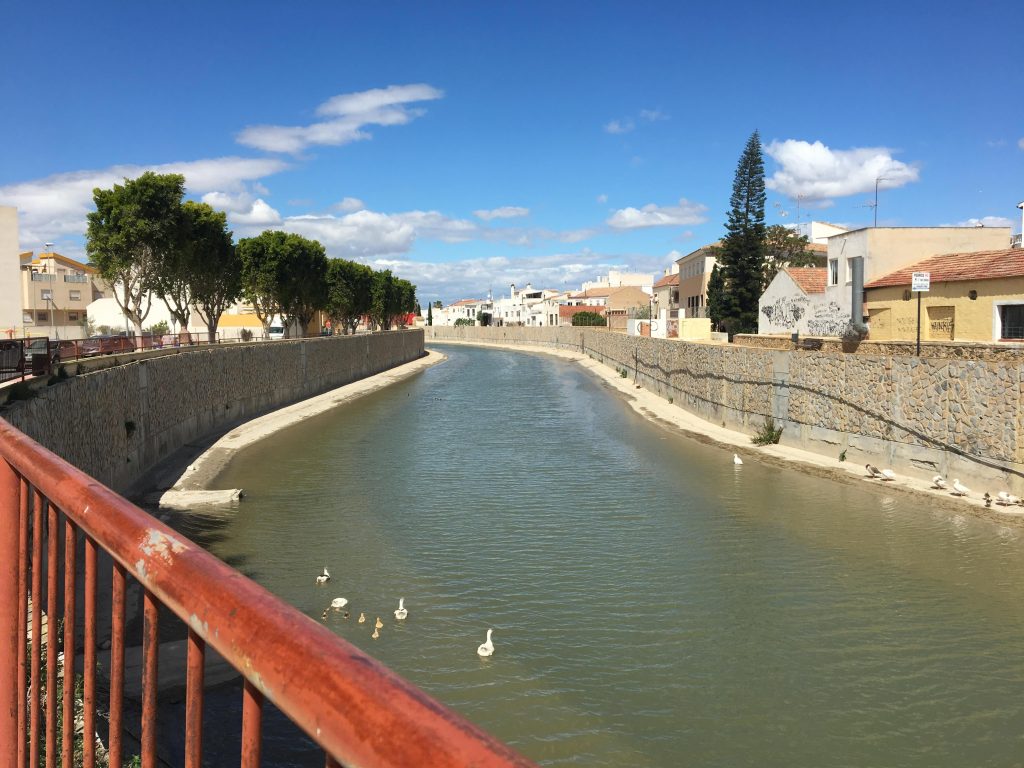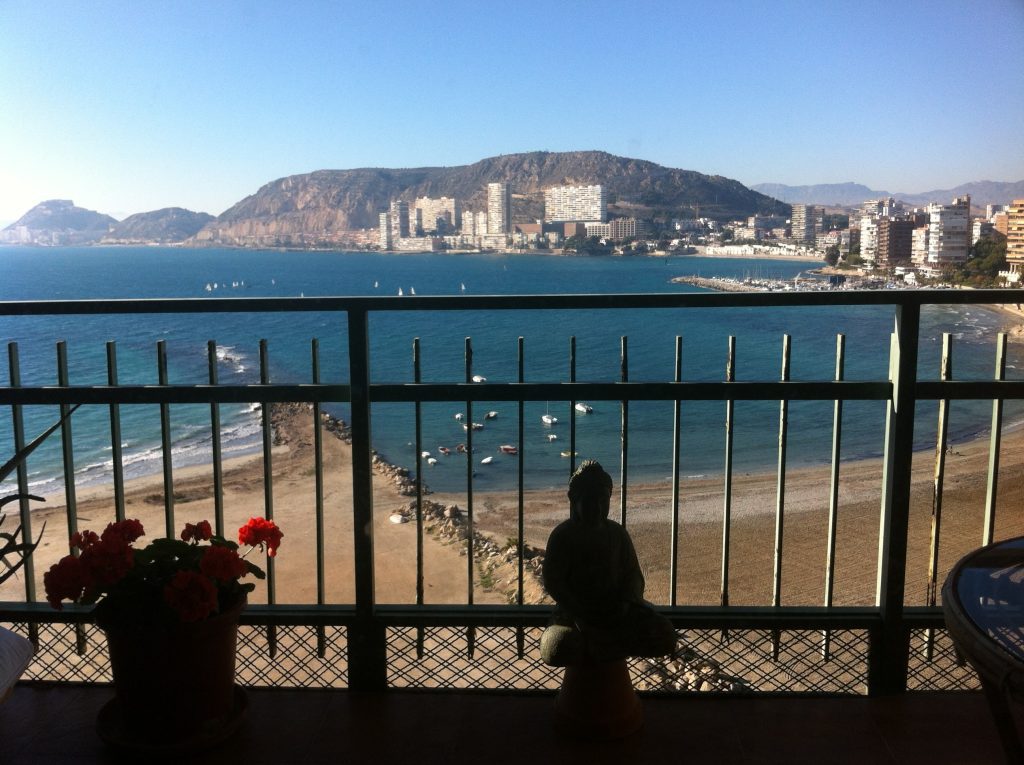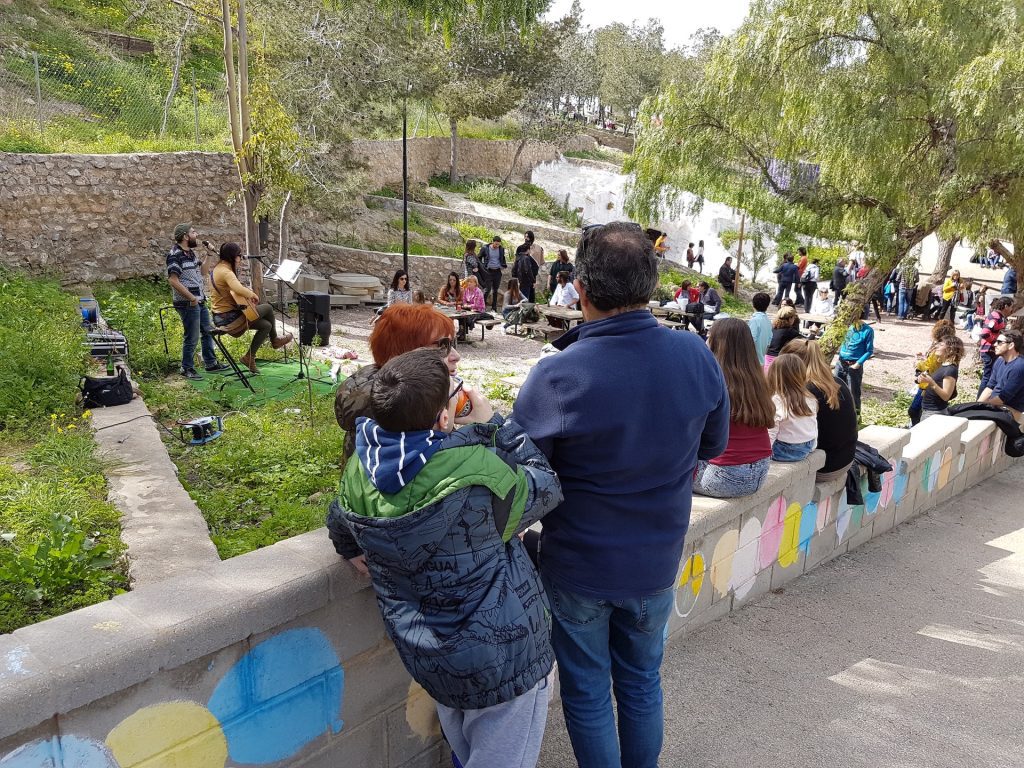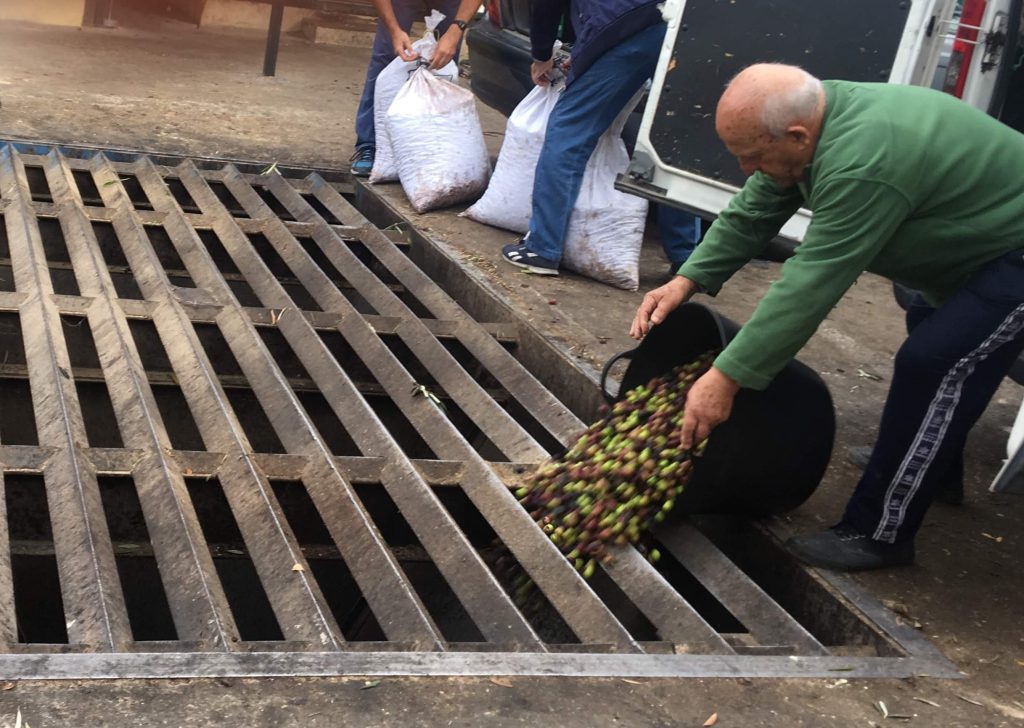Culture, traditions, heritage and history are always present in Spain. Start in la Vega Baja and Alicante.
There are several websites with information about Costa Blanca, the history and historical monuments.
La Vega Baja and the regionen Tudmir
Teodomir was a Visigothic Duke and the leader of the Tudmir region. The capital was called Auriola, today’s Orihuela. Unlike other kings and gentlemen, Teodemiro was a skilled negotiator and managed to avoid attacks by the Arab Army. Learn more about a myriad of historical events in the La Vega Baja that resulted in the tower, castle and walls of the region.
- Cox: Castillo de Ayala or Palacete de Cox. Originally an Arab fort that was converted to the castle by the Duke of Ayala.
- Callosa de Segura: Castillo de Callosa de Segura, located at the top of the Sierra de Callosa, we find the ruins of the castle from the Caliphate period.
- Orihuela: Las murallas de la Ciudad de Orihuela, the walls of the city of Orihuela constituted a defensive construction, which was built taking advantage of the natural defenses that the city had (the river etc).
- Torre del Cap Roig: A round tower in Cap Roig, from the mid 16th century.
- Guardamar del Segura: Castillo de Guardamar del Segura, As with many Christian fortresses, the Castle of Guardamar was built along the rise of settlements of past civilizations.
- Torrevieja: Torre Cap Cerver or del Moro, Torre de la Mata. Its shape is circular and it is built with Freemasonry. It has undergone several restorations throughout history, one of which was made in 1960 and one in 1994.
- Pilar de la Horadada: Torre de La Horadada. A Spanish beach town on the Mediterranean Sea, you get a feeling of being part of the Spanish society. The ancient watchtower is found on the cliff on one of its beaches, dated back to the 16th century,


Spain heritage tour– Tips for Orihuela
A municipality and city, 30 minutes drive from Ciudad Quesada. Orihuela stretches towards Murcia and towards the coast to the south. The city has a long and exciting history as a former capital of a kingdom and for 400 years it was a bishop’s seat. In Orihula you will find four of Spain’s national monuments.
National monument in Orihuela
COLEGIO E IGLESIA DE SANTO DOMINGO
The monastery and church have its origins in a chapel built by the Dominican Monks in 1512.
The cathedral – the building the cathedral began in 1281 by King Alonso X. It started as a local church built on the top of the mosque Aijama. In 1510, Pope Julio II converted the building to the cathedral
PALACIO EPISCOPAL
The bishop’s palace is a religious palace in Baroque style. The palace was nominated to be a national monument in 1975.
IGLESIA DE LAS SANTAS JUSTA Y RUFINA
A church from the 14th century. In the 16th and 18th century it underwent major changes.
Museums – A selection
MUSEO MIGUEL HERNÁNDEZ
Miguel Hernández, a Spanish writer born in Orihuela. He participated in the Civil War and was captured and later died in captivity.
MUSEO DE SEMANA SANTA
The celebration of Easter is an important religious event.
MUSEO DE LA RECONQUISTA
The city lost its independence to the Caliphate in Omeya’s. Alfonso from Castile (later known as Alfonso X “The Wise”) re-invaded the city in 1243. An important event which is still celebrated.


Festivities and festivals
The “Moros y Cristianos” festivities are found in almost all places in Alicante province. In Orihuela, they celebrate the success in regaining control of the city from the Moors. In our eyes, it may seem strange to see the urban population stage the struggle, which led to the Christians’ successfully expel the “mores” out of the city. The “Moros y Cristianos” celebration takes place from 16 to 23 July in 2016.
Also visit the medieval market that takes place for 3 days in February.
Easter week in Orihuela is a unique opportunity to experience Spanish history from a religious, historical and social perspective, traditions are continued with great passion.
Hydraulic History of la Vega Baja
In la Vega Baja the water irrigation system is important and has a long history ” hydraulic heritage are both the natural aquatic resources and elements built by man in past or present times It is the technical solutions given by man and the cultural development around waters. In Rojales you can find unique and extraordinary medieval hydraulic monuments and medieval hydraulic infrastructures